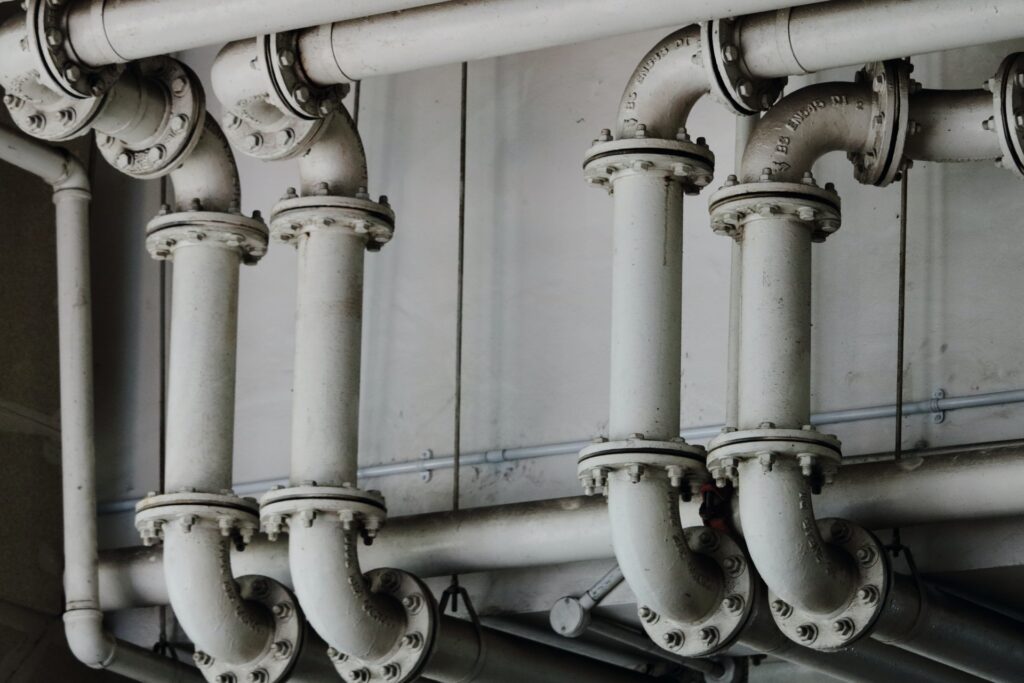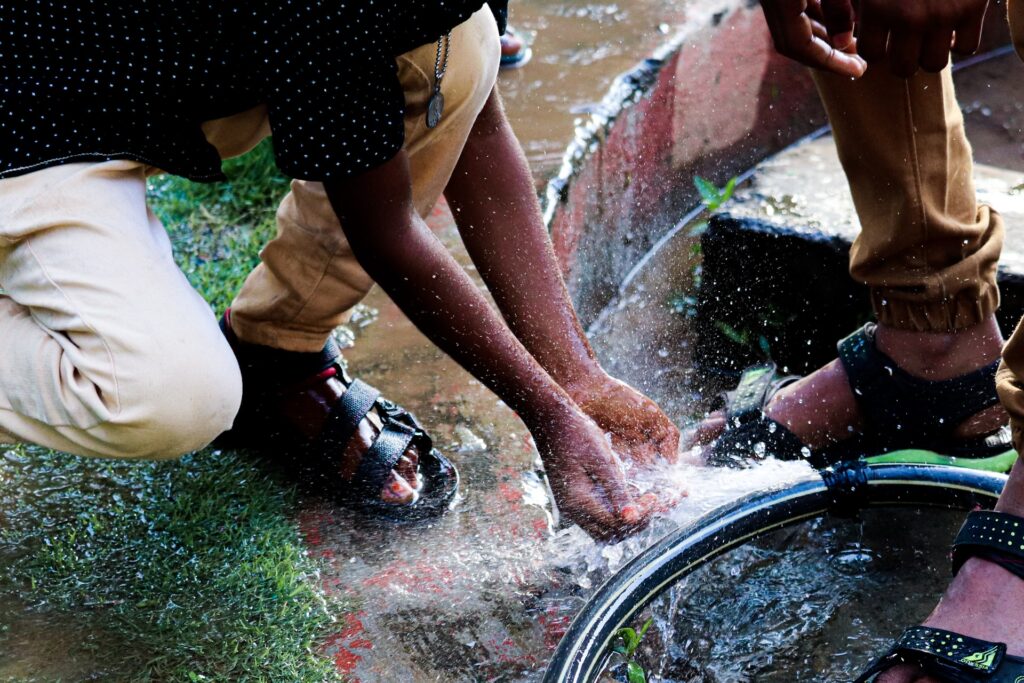
The chances are that if you’re suffering a leak at home, it’s probably on an appliance or some internal pipework. Thankfully, these types of leaks are usually easy to detect and fix by calling out your local plumber. You might even be able to repair the leak yourself using some basic supplies and DIY knowledge. In other cases, a leak can be very disruptive and cause much damage. Only by knowing how to detect a leak can you potentially minimize the harmful consequences.
Unlike some household maintenance tasks, leaks tend to fall into the ‘urgent’ category due to the extensive damage they can do in a short amount of time, so it’s rarely wise to leave them unattended. According to a guide written by property maintenance experts Aspect, explains some of the most common techniques. However, other critical methods aren’t mentioned here. Here are just some of the important ones you need to know about.
What Causes Leaks on Mains Supply Pipes?

Specific causes of leaks, such as excavation work or old or brittle pipework, seem pretty obvious to most of us. However, there are other, less well-known reasons why a mains supply pipe can spring a leak. Including changes in water pressure, ground settlement, and even soil corrosion. Here’s a little more about each one.
Excavation Work. Suppose a homeowner, utility worker, or contractor happens to dig into the ground and hits pipework with their equipment. In that case, this can result in a leak. While this is most common through excavation machinery, it’s even possible through using a shovel.
Old or Brittle Pipework. Old pipework is at greater risk of breaking, particularly pipes installed before 1980. These were usually made from cast iron, a brittle material that does not expand or contract easily when the temperature changes.
Pressure Changes. The pressure inside a water main can change as a result of freezing or heating in the ground above. This results in thermal expansion or contraction, potentially causing a pipe to rupture. Pressure change can also occur as a result of fire hydrants being opened too quickly. Something that’s otherwise known as ‘water hammer’.
Settlement. When soil settles around a main, the pipework can be under stress, which can sometimes be so great that it breaks the pipework. The sheer weight of soil bearing down on pipework, especially if that pipework happens to be old and brittle is often enough to cause a fracture in the pipework, which leads to a potentially costly leak.
Soil Corrosion. Soils containing iron or another type of metal can corrode pipes. Eventually, this can cause pipework to break, particularly if they aren’t protected from corrosion. It’s also common for pipe fittings to break through corrosion.
How Leaks can be Detected on Mains Supply Pipes
You’ll need to start by working out whether the leak is occurring inside your home or outside. Firstly, turn off your stop tap to prevent the flow of water into your home. Then, look at your water meter. If the dial continues to move, this is a sign that the leak is occurring outside. If it’s static, the leak is inside your property.
If the leak happens to be outside, look for areas like unusually quick-growing grass or muddy patches on your lawn. If the leak could only occur over a paved area or concrete, see if there’s a musty smell or cracks in the surface. Detecting leaks under concrete can be a nightmare as they’re not always obvious. In the past, it was common to dig up large areas to determine where the leak was, resulting in expense and wasted time.
Now, high spec technology, such as acoustic equipment can be used to detect leaks. A trench can then be dug in the exact location the leak is occurring. Here are some examples of how sophisticated equipment can be used to detect leaks on mains supply pipes.
Pipe Tracing. Metallic pipes can be traced using a signal generator. A signal is sent down the pipe and picked up by the receiver above the ground. With non-metallic pipes, a tracer wire is inserted down the pipe, along which a signal can be sent. A device can also be used which sends alternate pressure and sound waves through the pipe, which is then detected from above using sensitive microphones.
Tracer Gas. Tracer gas, a harmless gas composed of 95% nitrogen and 5% hydrogen, is injected down the pipe. Microscopic hydrogen molecules escape from the leak, which rises through different layers above. Highly receptive sensors above ground then pick this up, identifying where the leak is occurring.
Pipe Stopping. A small airbag is inserted into the pipe and inflated, which seals the pipe. If the section sealed off can hold its pressure, this indicates there isn’t a leak. However, if the pressure drops, there could be a leak. By repeatedly repositioning the airbag, it’s possible to determine precisely where the leak is.
Before Diagnosing and Fixing a Leak, Remember this

It is sometimes possible to diagnose and fix an internal leak yourself. However, there are other times when you’ll need to call in a plumber. If there’s a leak on an outdoor mains supply line, a specialist team will be required for this.
So, why can a leak occur outside in the first place? Excavation work or brittle pipework are two common reasons. Changes in water pressure, ground settlement, or corrosive metals are others. If you ever encounter a leak outside, there are several different techniques the professionals use to diagnose and fix the problem.
Pipe tracing uses signals sent down a pipe which is then picked up above ground by a receiver. A tracer gas could be injected into the pipe which escapes through the leak and rises to the surface where sensors then detect it. Or, pipe stopping might be used. This is a technique where an inflated bag is inserted into the pipe, sealing it. If the pressure is held, this means there isn’t a leak. Or, if pressure drops, this indicates a leak











